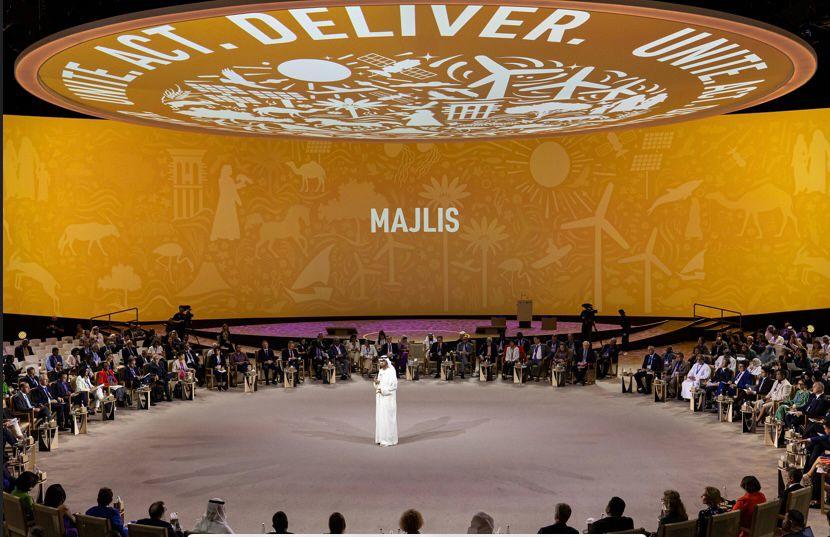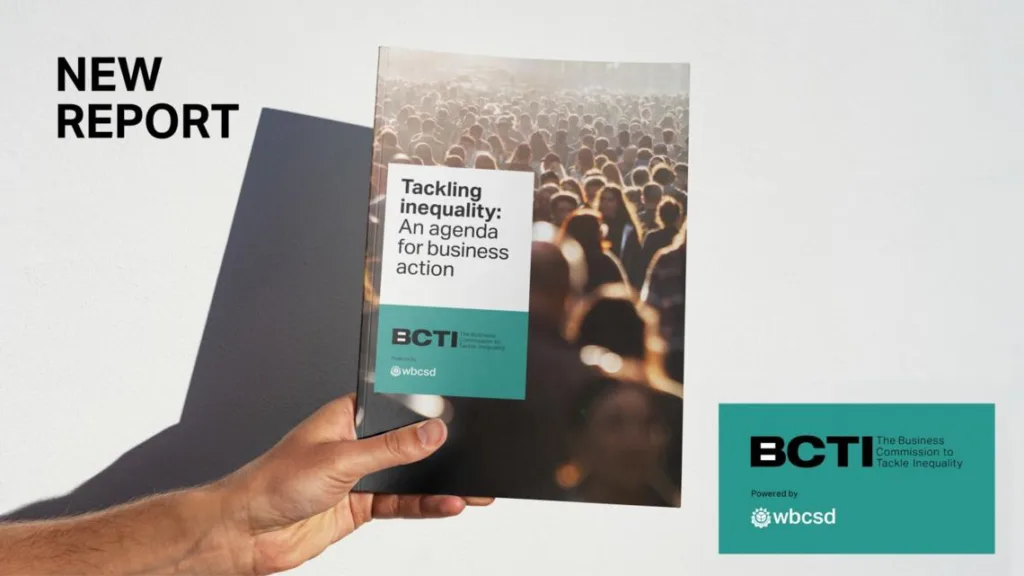We are pleased to announce that Dr. Ilham Kadri has been appointed as Chair of our Executive Committee for a new three‑year mandate, as approved by the Annual General Meeting.
Dr. Kadri holds a degree in chemical engineering and a PhD in physics and chemistry. Her international career spans more than 30 years, including over a decade as CEO of leading global industrial companies. She is widely recognized for her strategic vision, business achievements, deep industry expertise, transformational leadership in aligning business performance with sustainability impact and for her ability to unite stakeholders around meaningful change. Dr Kadri also serves on the Boards of L’Oréal and A.O. Smith, and on Temasek’s Advisory Board.
Dr. Kadri: “I am honored by the trust that WBCSD’s Council and members have placed in me. The climate emergency, nature loss and mounting inequality are converging crises, and business has both the responsibility and the opportunity to change course. Together with Peter Bakker, our CEO, our teams, the Executive Committee and our global network, I am committed to turning ambition into measurable action across value chains, proving every day that sustainable business is simply good business. I look forward to shaping the next chapter of sustainable, competitive and inclusive progress with WBCSD and its members.“
Peter Bakker, President & CEO of WBCSD: “Ilham combines deep scientific expertise with a proven track record of delivering both financial performance and sustainability impact at scale. Her appointment sends a strong signal of ambition from our member companies. I look forward to continuing our close partnership as we help businesses strengthen resilience, and put people and the planet at the heart of corporate strategy.“
Related
Content

COP28 Summary – What Does the Global Stocktake Mean for Business?
18 December, 2023

Human rights agenda gains traction as top business executives use their voices to call for action
28 October, 2020

More than 60 business and civil society leaders recognize inequality as a systemic risk and lay out a roadmap for private sector action
3 May, 2023
